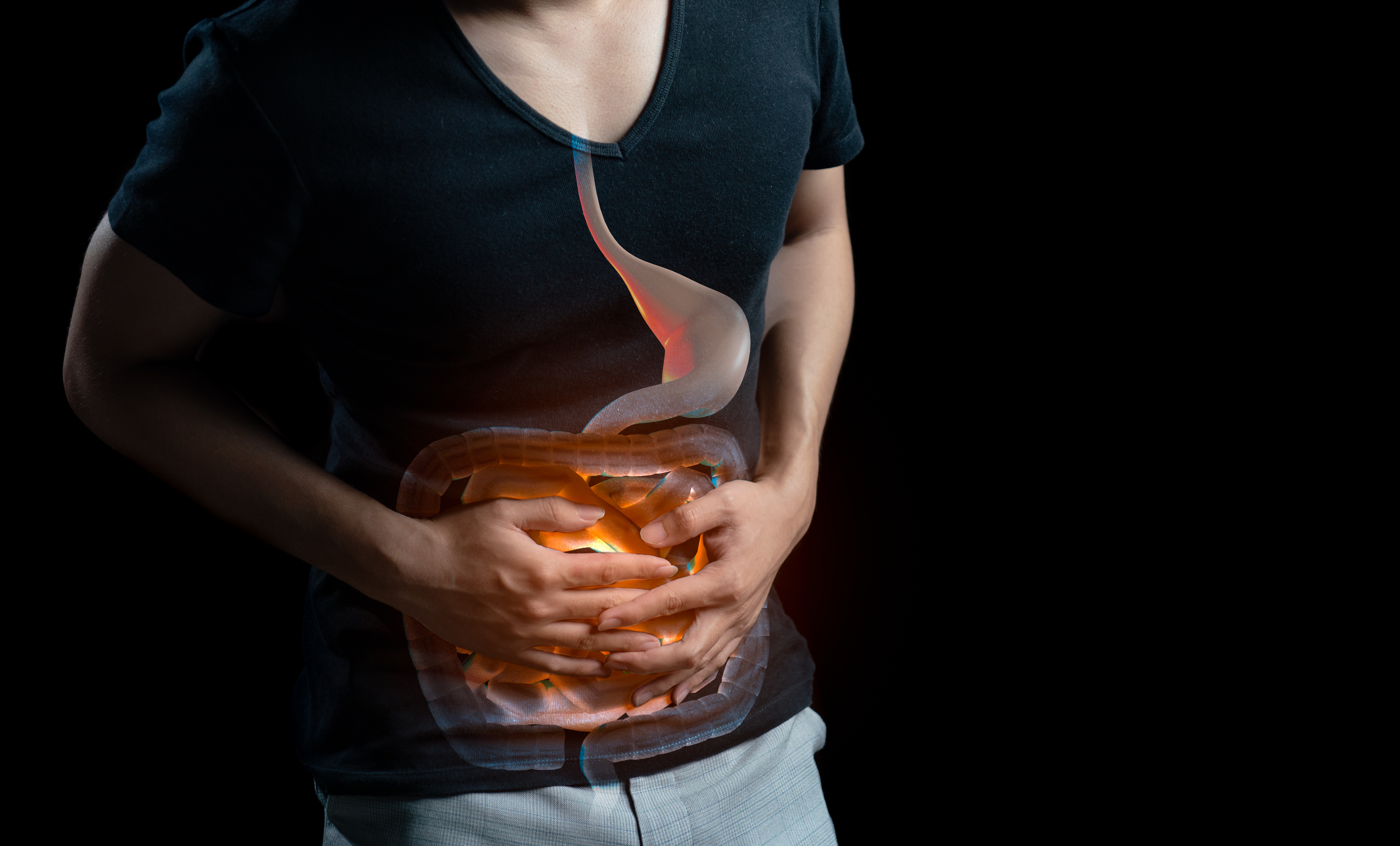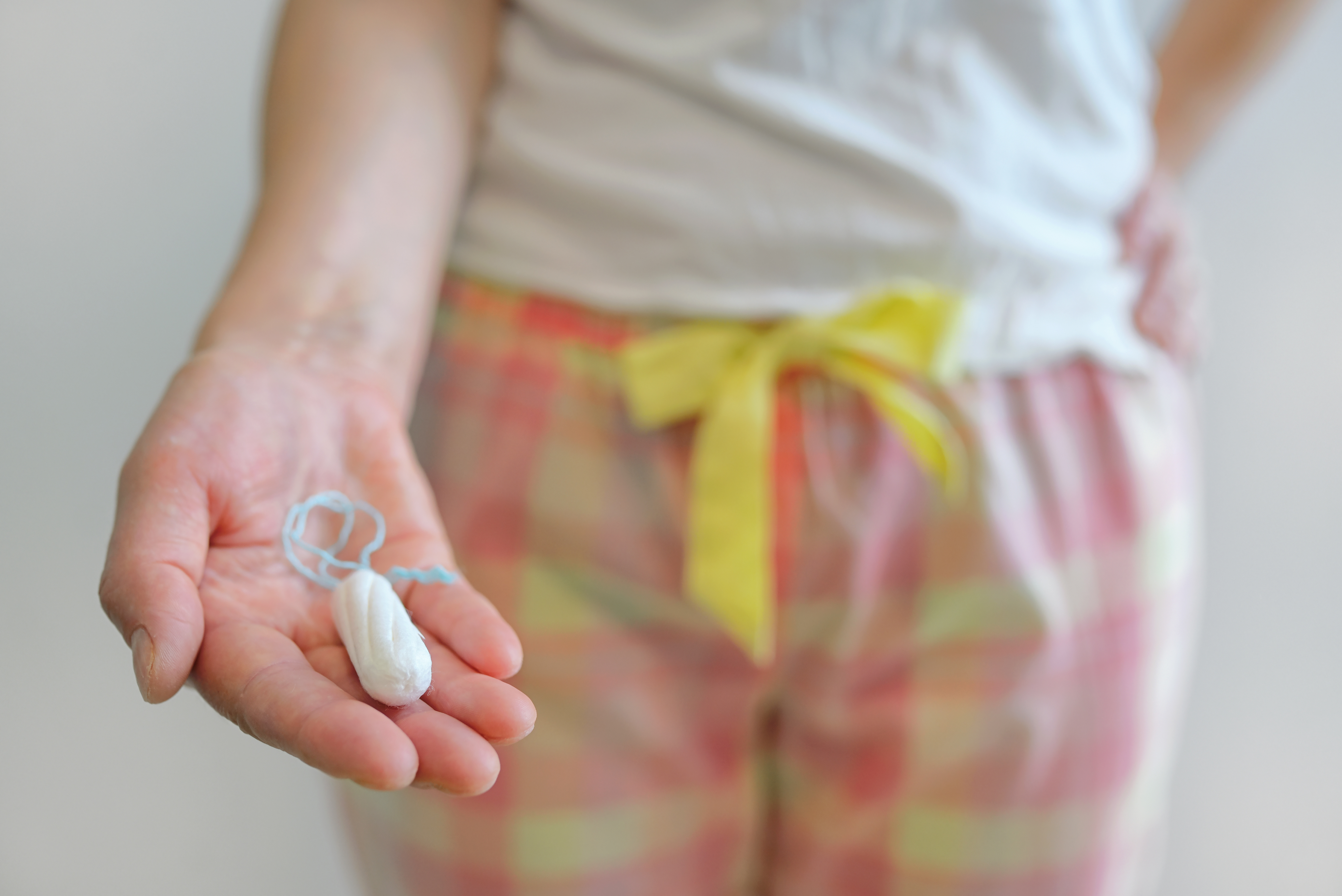Beer contains 17 amino acids and a high energy content. It is a nutritionally rich and highly efficient beverage, known as "liquid bread".
Drinking Methods
According to Chinese medicine, beer has a cooling nature. It has the functions of reducing fever, diuresis, promoting digestion, and strengthening the heart. It can be used to treat symptoms such as restlessness, poor appetite, and reduced urine output. The commonly used drinking methods are as follows:
(1) Store at low temperature: Research shows that beer stored at 20°C deteriorates faster than beer stored at 5°C. It is prone to turbidity and changes in taste. Beer should be stored in a dark place at a temperature of 5-10°C, with 5°C-10°C being the best.
(2) Avoid direct sunlight: Beer is particularly sensitive to light. Exposure to direct sunlight can cause off-flavors and affect its taste.
(3) Avoid intense shaking or impact: Intense shaking can increase the pressure inside the beer bottle, leading to explosions.
(4) Prefer fresh beer: Bottled beer generally has a shelf life of 3 months. As time goes by, the fresh taste gradually disappears, and it may develop a strange taste, become turbid, or form sediment. Therefore, pay attention to the production date and shelf life indicated on the label when purchasing beer.
(5) Prefer drinking at a lower temperature: It is recommended to drink beer at a temperature of 5-10°C. Beer at this temperature is refreshing and fragrant, and many volatile substances in beer are more likely to evaporate, resulting in the loss of its original flavor.
Culinary Methods
(1) Beer-steamed chicken: Soak the chicken in water containing 20% beer for 20 minutes, then cook it according to the normal method. The taste is pure, tender, and delicious.
(2) Beer-stewed fish: Compared to using yellow wine, beer in the stewing process can produce a stronger aroma and enhance the flavor.
(3) Beer in cold dishes: When making cold dishes, boil them in beer to make them crisp and refreshing.
(4) Beer-braised beef: Cooking beef with beer instead of water gives it a distinctive aroma and tender texture. This famous British dish is said to have originated on a ship in the 18th century. Due to a shortage of fresh water, the chef had to use beer to cook the beef, which unexpectedly resulted in a delicious dish that has been passed down through generations.
(5) Beer-marinated stir-fried meat slices: The enzymes in beer can quickly break down the proteins in the meat, making it more tender and flavorful.
Drinking Taboos
(1) Avoid drinking chilled beer before meals: Drinking chilled beer before meals can cause a sudden drop in gastrointestinal temperature, rapid contraction of blood vessels, reduced blood flow, and disrupt normal eating and food digestion and absorption. It can also cause digestive disorders, leading to symptoms such as abdominal pain and diarrhea.
(2) Avoid excessive consumption: Drinking beer in moderation can promote digestion, diuresis, and vascular softening, which is beneficial for people with hypertension and heart disease. However, excessive consumption can have the opposite effect, increasing the body's fluid volume and burden on the heart. Although beer typically contains only 2-6% alcohol, excessive drinking can still lead to alcohol poisoning.
(3) Avoid mixing beer and spirits: Although beer is a low-alcohol beverage, it contains carbon dioxide and a large amount of water. Mixing it with spirits accelerates the absorption of alcohol in the body, causing strong stimulation and harm to organs such as the liver, gastrointestinal tract, and kidneys. It can affect the production of digestive enzymes, reduce gastric acid secretion, and lead to symptoms such as gastric spasms, acute gastroenteritis, and duodenal inflammation. It is even more harmful to the cardiovascular system.
(4) Avoid mixing beer and carbonated drinks: Carbonated drinks contain carbon dioxide, and beer also contains a small amount of carbon dioxide. Mixing the two can further promote the absorption of alcohol in the gastrointestinal mucosa.
(5) Avoid drinking beer during lactation: Beer is mainly brewed from barley malt, which is believed to have a lactation-reducing effect according to Chinese medicine. Therefore, lactating women are advised not to drink beer.
(6) Avoid drinking beer after intense exercise: Drinking beer after exercise can increase the concentration of uric acid in the blood. When uric acid excretion is impaired, it can precipitate in the joints, causing arthritis and gout.
(7) Some patients should avoid drinking beer: For example, patients with kidney stones should avoid beer because the malt extract used in brewing contains substances such as calcium and oxalic acid, which can trigger kidney stone formation. Patients with gastrointestinal ulcers should also avoid beer because the carbon dioxide gas in beer can increase gastrointestinal pressure and exacerbate ulcers.
(8) Do not drink beer with seafood: The average content of nucleic acid in 100ml of serum in a normal person is about 4.3-5.3mg. When the nucleic acid content in the blood exceeds 6.4mg/100ml, it precipitates in soft tissues of the joints and kidneys in the form of sodium salts. Drinking beer with seafood can increase the nucleic acid content in the body, leading to gout or stone formation.
(9) Avoid long-term excessive consumption of beer: The National Institute on Alcohol Abuse and Alcoholism in the United States recently published a research report stating that people who drink more than 500ml of beer per day have a 3 times higher incidence of colorectal cancer compared to non-drinkers. This report is based on a survey of more than 8,000 adult men, so long-term and excessive consumption of beer should be taken seriously.












